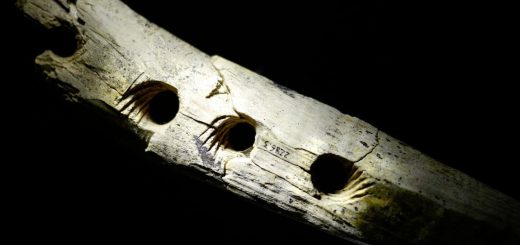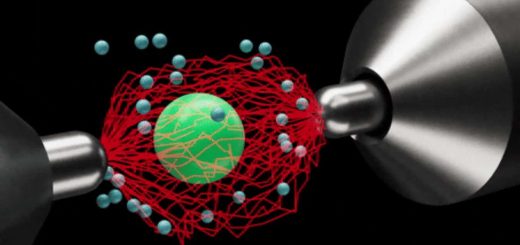A Neanderthal-shaped skull may explain why some people get headaches
People with Chiari malformations have a skull shape similar to Neanderthals, suggesting that the condition may be caused by DNA inherited from archaic humans
By Christa Lesté-Lasserre
1 July 2025
3D models of the skulls from a modern human and from a Neanderthal
Courtesy of Kimberly Anne Plomp
A skull abnormality that squeezes the lower brain, often causing headaches and other neurological problems, might be part of our genetic inheritance from Neanderthals.
People with Chiari malformations have a smaller and flatter base of the skull around the area where it connects to the spine. As a result, part of the brain – the cerebellum – is squashed into the spinal canal in the neck.
Read more
Why did humans evolve big brains? A new idea bodes ill for our future
Type 1 Chiari malformations, the mildest form, are thought to affect up to 1 in 100 people. They can cause symptoms like headaches, neck pain, sleep apnoea and numbness, but some people never show signs at all.
About 15 years ago, Yvens Barbosa Fernandes, a neurosurgeon at the State University of Campinas in Brazil, noticed that the base of his Chiari patients’ skulls resembled those he had seen in Neanderthal specimens in European museums, especially in the mild slope of the occipital bone, where the cerebellum rests. While Neanderthal brains were larger than modern humans’ are, they slanted back more from the forehead and across the base, giving them a flatter shape compared with the rounder form of modern human skulls.
In 2013, Barbosa Fernandes published a hypothesis proposing that the Chiari skull shape might have been inherited from extinct humans who interbred with Homo sapiens. “I started to think there was a lost link between anthropology and medicine in Chiari cases,” he says.


